How to integrate Google Analytics data into Drift
Learn how to capture Google Analytics data with each new chat in Drift, so you can track where your leads are coming from.
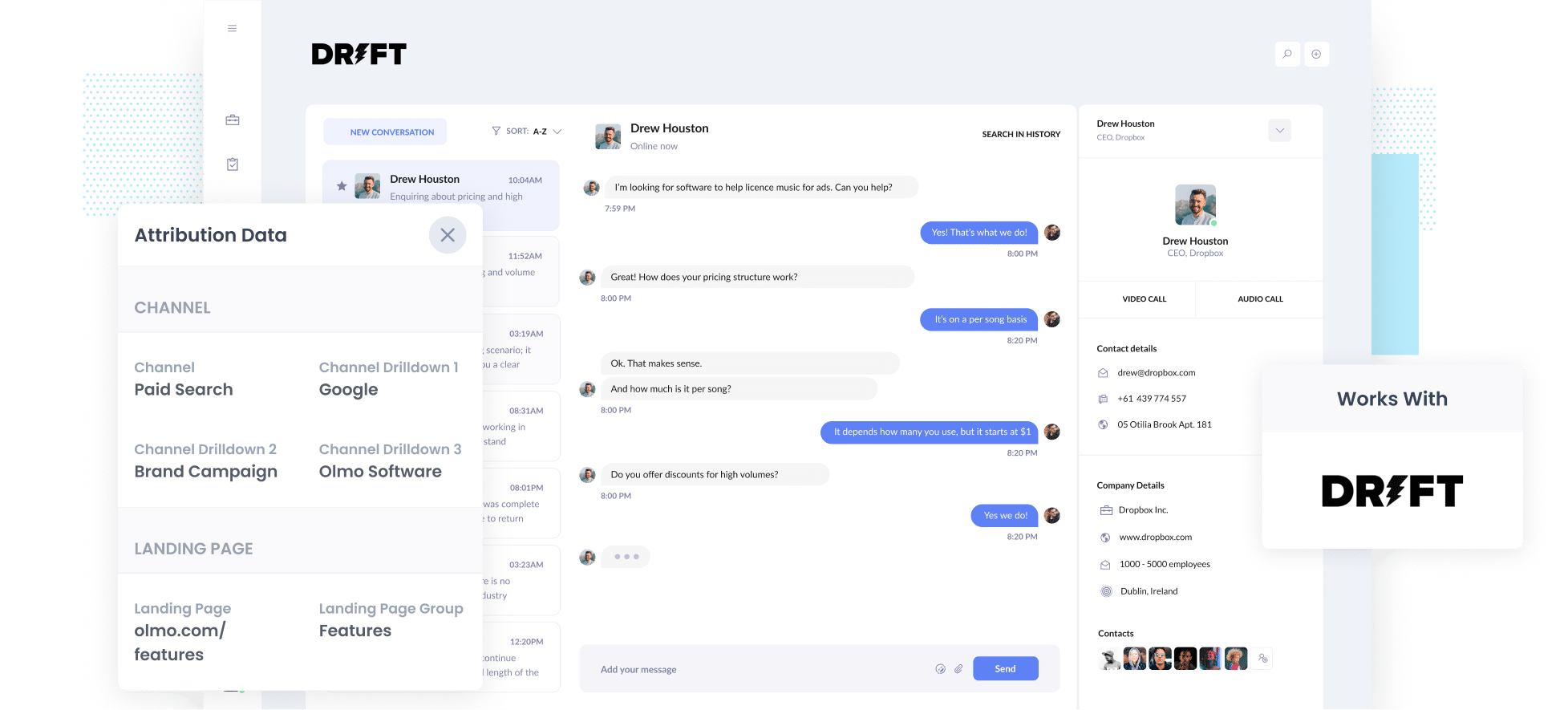
Tracking where your leads and customers are coming from can be difficult. You see the conversations coming in in Drift, but it’s hard to know where those leads are really coming from.
Now picture being able to check a simple report and see exactly which channels, campaigns, or ads are bringing in new chats. With that information you can put more energy into what’s working, cut back on what isn’t, and make smarter choices about your budget.
That’s what this article is all about. We’ll show you how to use a tool called Attributer to capture Google Analytics data with each new Drift chat, so you can truly understand what's driving your leads and customers.
4 steps for capturing Google Analytics data in Drift
When you use Attributer, capturing Google Analytics data in Drift is straightforward. All you’ll need to do is follow these four steps:
1. Add the Attributer code to your website
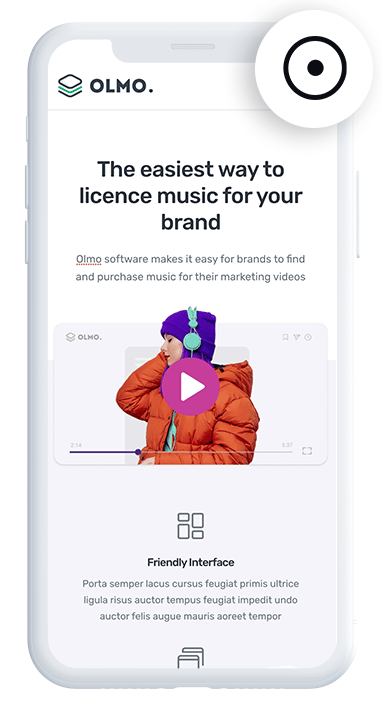
To get started, create a free 14-day trial account with Attributer. Once you’ve signed up, you’ll receive a small snippet of code that you need to add to your website.
How you add this code will depend on the platform you're using for your site. In most cases, you can simply add it through your site’s dashboard or settings. If you prefer, you can also use a tag management tool like Google Tag Manager.
We’ve put together easy-to-follow, step-by-step guides for all the major website builders, and you can find them here.
2. Attributer automatically passes through Google Analytics data with each new chat
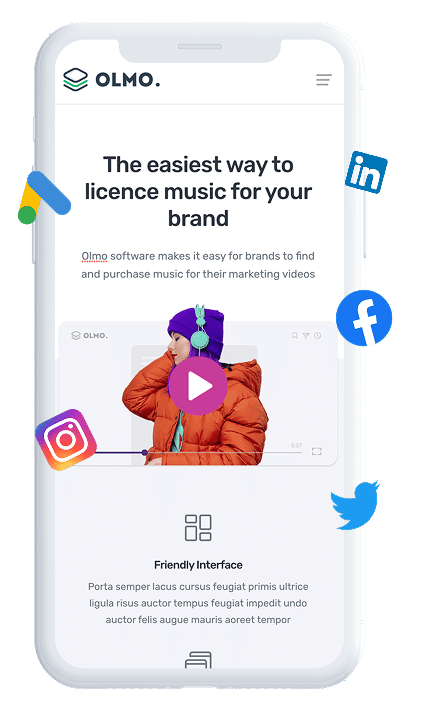
When someone starts a chat on your website, Attributer automatically captures details about how they first discovered your business.
Here’s a new example to show how it works:
Imagine you’re part of the marketing team at a commercial cleaning company. A potential client clicks on one of your Google Ads, lands on your site, and starts a conversation. Attributer would capture the following details (based on the UTM parameters in your Google Ads):
- Channel: Paid Search
- Channel Drilldown 1: Google
- Channel Drilldown 2: Office Cleaning Campaign
- Channel Drilldown 3: Night Cleaning Services (or the specific keyword they searched for)
Attributer would also capture the visitor’s first landing page (e.g., www.cleanpro.com/services/office-cleaning), along with the broader landing page group (e.g., /services).
This gives you a clear picture of how the lead found your site and what content attracted them.
3. Google Analytics data is captured in Drift and can be sent to other tools
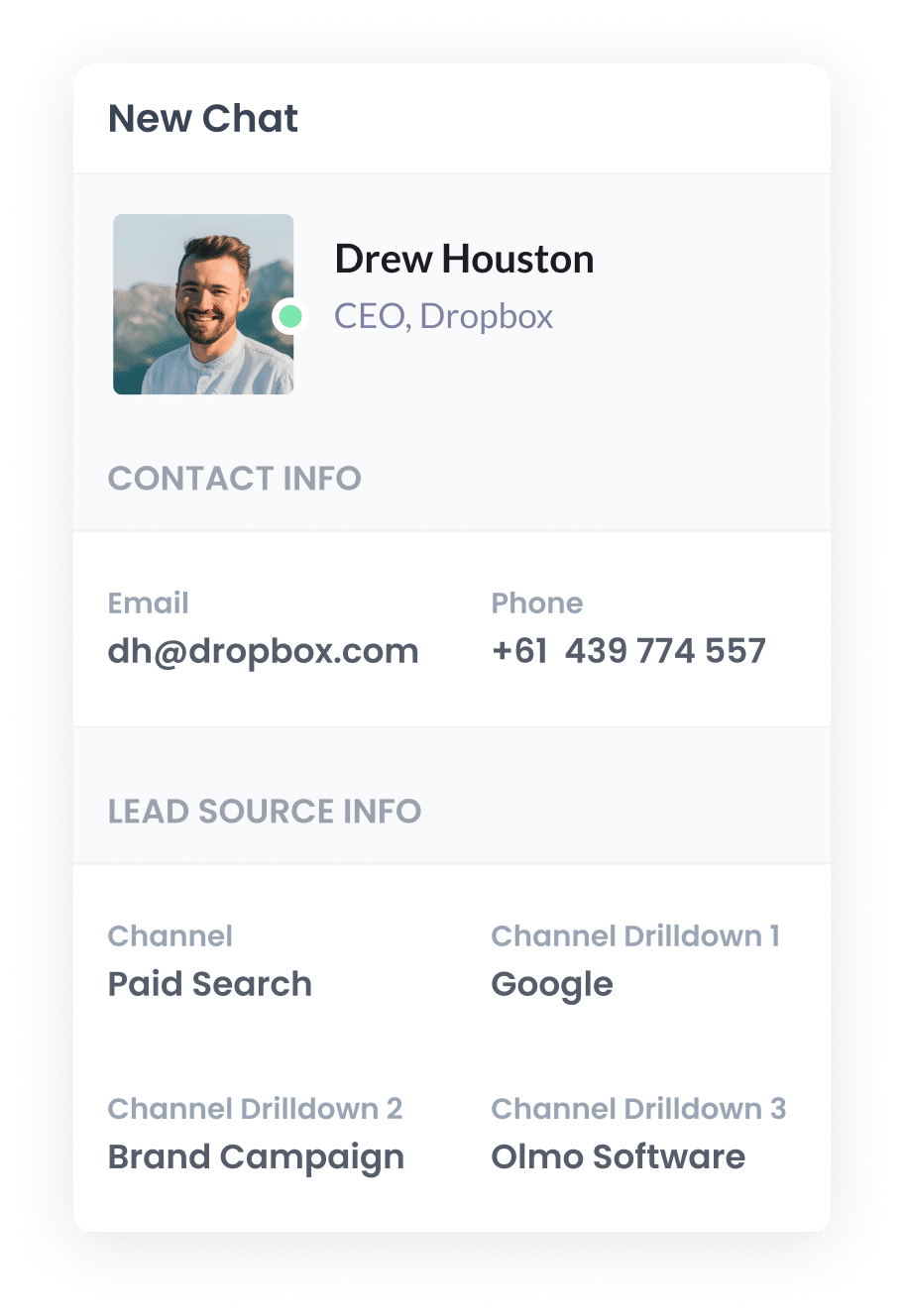
Once Attributer sends the data through, you can view it right alongside the chat in your Drift account.
You can also integrate Drift with platforms like Salesforce, HubSpot, and Pipedrive to automatically create new leads or contacts in those tools, complete with the Google Analytics data.
Alternatively, you can use tools like Zapier to create new contacts in other CRM systems, send lead data to a spreadsheet and more.
4. Run reports to see where your leads are coming from
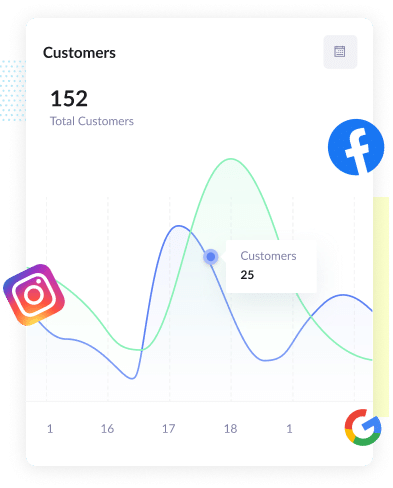
Once the Google Analytics data is flowing into your CRM or spreadsheet, you can use the built-in reporting features to create dashboards and charts that give you clear insights into where your leads are coming from.
For example, you could generate reports that highlight:
- The number of chat leads generated through your Google Ads
- Which Meta Ads campaigns have driven the most chat leads
- The number of new leads from your SEO efforts
What is Attributer and what data gets passed through?
Attributer is a small snippet of code that you add to your website.
When a visitor lands on your site, Attributer checks where they came from and categorises them into various Channels (the same ones you see in Google Analytics, such as Paid Search, Organic Search, Paid Social, Organic Social and more).
Then, when they start a chat, Attributer automatically sends the data through to Drift.
It passes along two key pieces of information about how a lead discovered your website:
1. Channel
Attributer will show you which Channel brought the lead to your site (such as Paid Search, Paid Social, or Organic Search) as well as further detail on each channel.
For example, if a visitor arrived on your site after clicking one of your Google Ads, Attributer wouldn’t just tell you the lead came from Paid Search. It could also give you the specific campaign, the ad they clicked, the keyword they searched for and much more.
2. Landing Page
Attributer also tracks the first landing page a user visits, along with the broader category it belongs to.
For example, if a lead first landed on 'www.cleanpro.com/services/office-cleaning,' it would capture that URL and the landing page group (in this case, /services).
This allows you to quickly identify which types of content (such as blog posts, service pages, etc.) are generating the most chat leads. You can also drill down to see exactly how many leads came from each specific content piece.
3 example reports you can run when you capture Google Analytics data in Drift
Before launching Attributer, I spent more than 15 years leading marketing teams across various companies.
During that time, I spent countless hours analysing reports to figure out which marketing efforts were truly driving results. I needed to understand where to focus our team’s energy, how to allocate our budget effectively, and which strategies to double down on for growth.
Below, I’ve compiled three types of reports that were especially helpful. Once you start capturing Google Analytics data in Drift and feeding it into your CRM or reporting platform, you’ll be able to create these kinds of reports too.
1. Leads by Channel
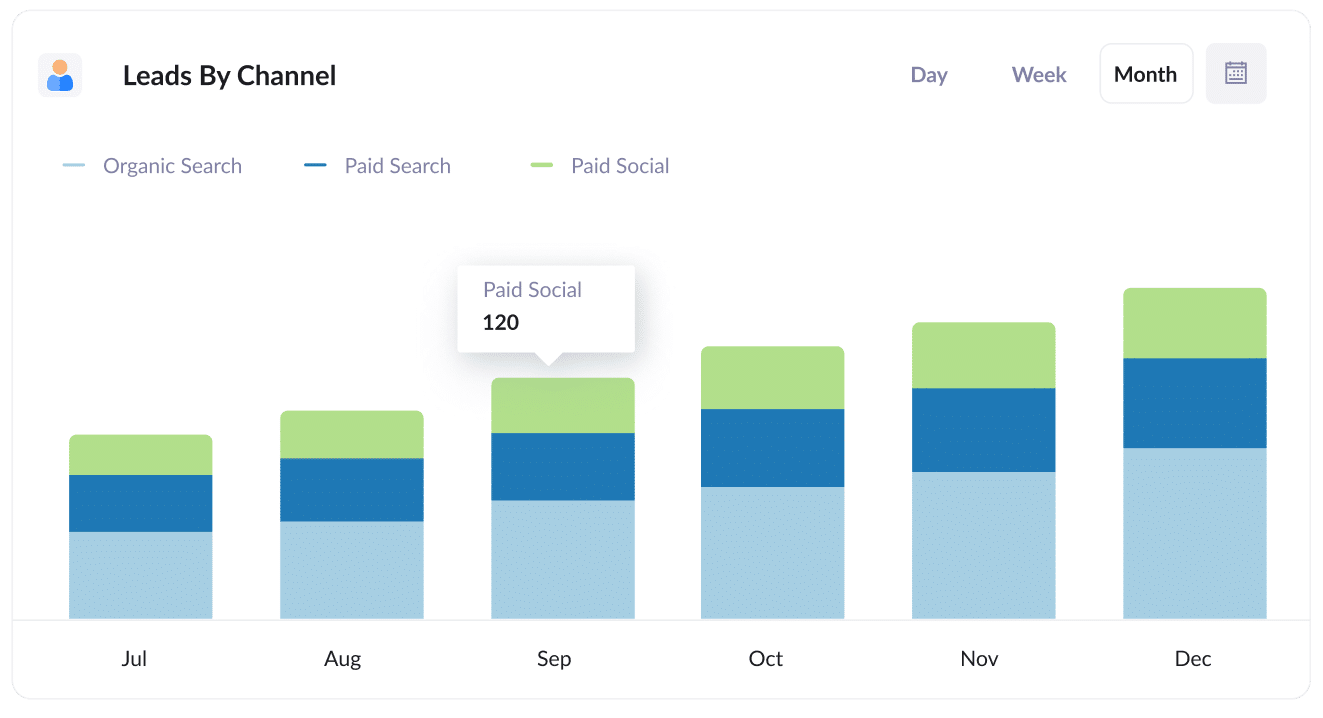
Because Attributer records the source of every lead, including those that don’t come from paid ads, you can build reports that show how many leads you get each month from each channel.
These reports make it easy to see which channels are driving results and where it makes sense to focus your time and budget.
For example, if you discover that most of your leads are coming from Organic Search while most of your budget is tied up in Paid Search, it could be a good opportunity to rethink how you allocate your marketing spend.
2. Customers by Facebook Ads Network
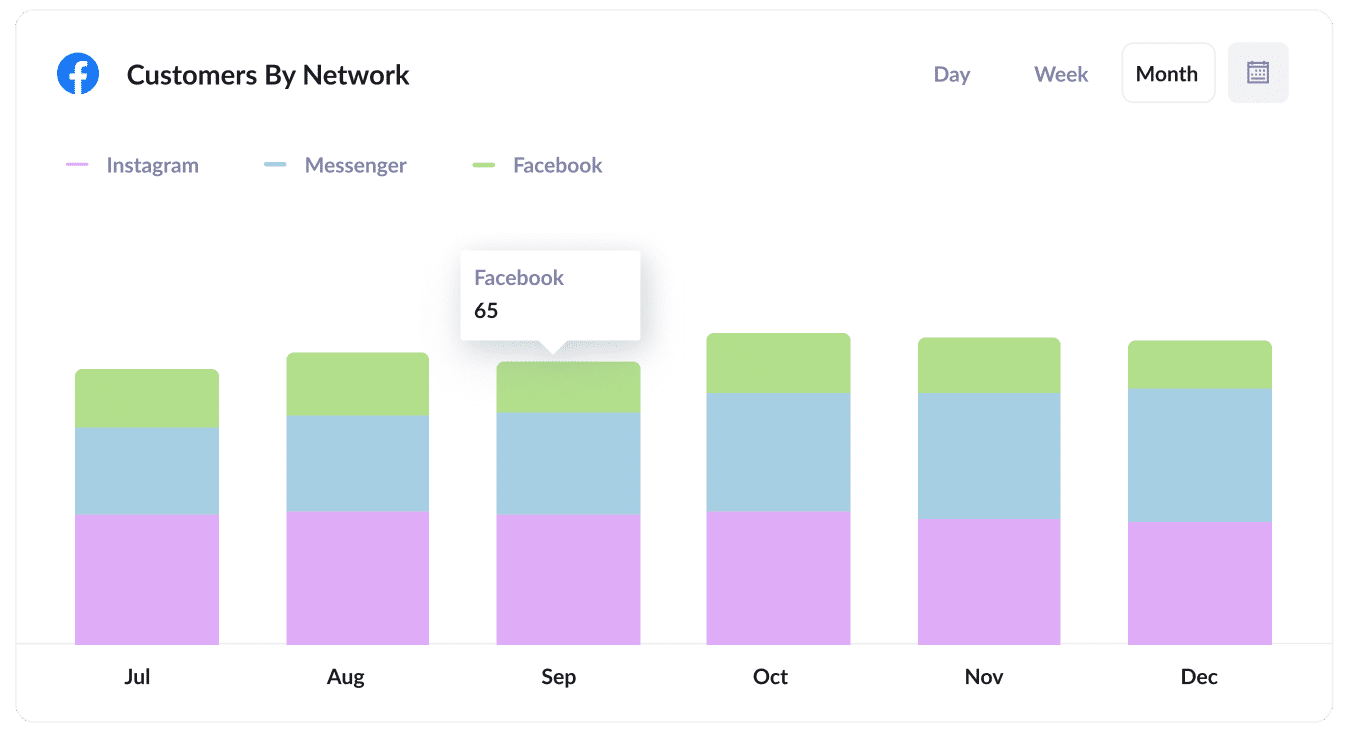
When you run ads on Meta, your campaigns can appear across multiple platforms they own, such as Facebook, Instagram, Messenger and WhatsApp.
That’s why it’s important to assess the performance of each platform individually, so you can make more informed decisions about where to increase your spend.
This type of report allows you to do just that. It shows how many new customers you're acquiring from each platform each month.
With this insight, you’ll be in a stronger position to allocate your budget more effectively, test new creatives and optimise your campaigns.
3. Revenue from Organic Search by search engine
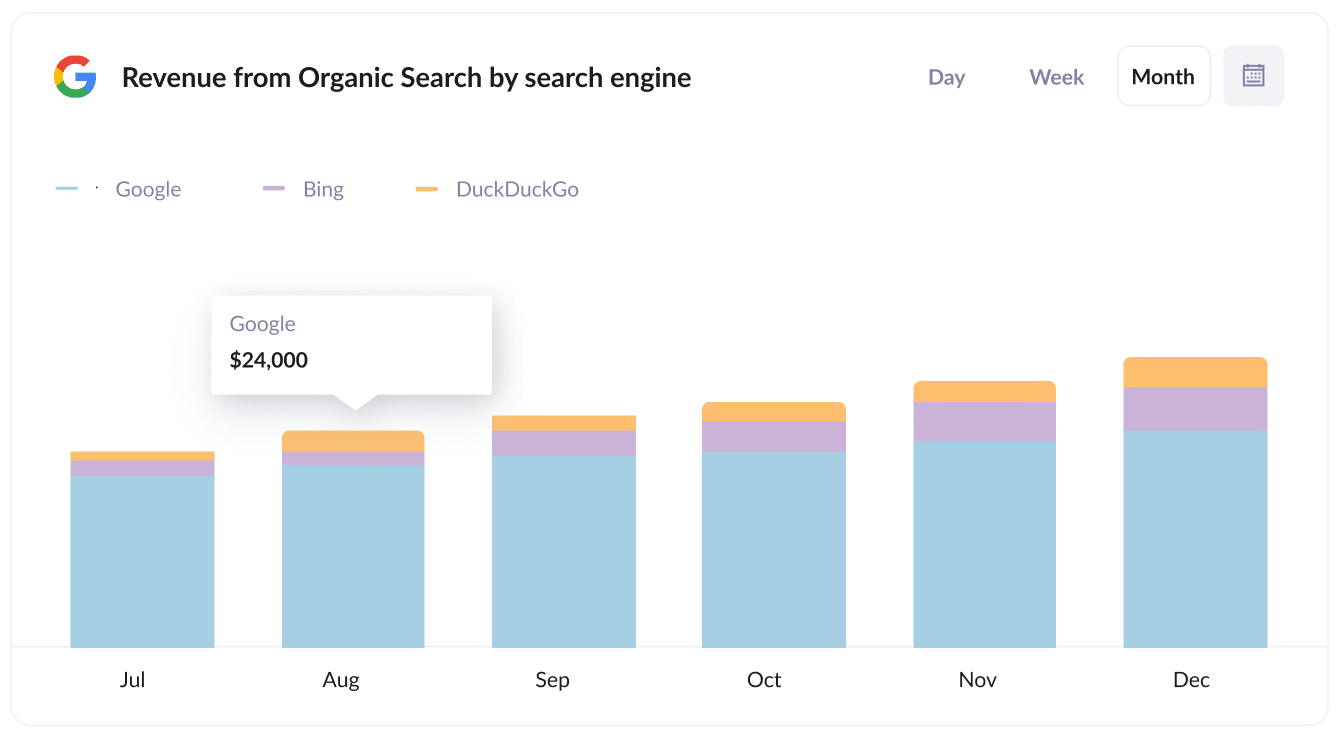
This report highlights the revenue generated from customers who started a chat after discovering your site through Organic Search. It also breaks down the data by search engine, including Google, Bing, and DuckDuckGo.
With this view, you can gain a clearer understanding of how your SEO efforts are performing, which search engines are providing the most value, and how your results are evolving.
How Attributer helped Qwilr track the source of all their leads and customers
Qwilr is an Australian software company that makes it easy for businesses to create sales proposals as interactive web pages instead of static PDFs.
To bring in new leads, they use a variety of tactics including free trials, demo requests, website chat, webinars and more.
Before bringing on Attributer, Qwilr had built an internal system that tracked the source of free trial signups. The challenge was that it didn’t give them the same level of visibility into other lead types like demo bookings, webinar registrations or conversations through live chat.
That’s where Attributer came in.
Since Attributer integrates with a wide range of tools, Qwilr was able to capture attribution data for each new lead, no matter how they converted (whether through booking a demo, starting a chat, etc.).
With attribution data flowing into their CRM with every lead, Qwilr started to uncover some interesting insights.
For example, they were running several types of Google Ads campaigns (including search, display and performance max). They found that while display and performance max campaigns were driving plenty of website traffic, those visitors rarely converted into leads or customers. In contrast, search ads were attracting high-quality leads who ultimately became paying customers.
With this insight, Qwilr shifted its ad budget toward search campaigns, which resulted in a higher volume of customers at a lower acquisition cost.
“Attributer gives us clean, structured marketing attribution data across all our various lead sources. It’s helped us know what paid campaigns are working, how certain types of content perform, how our SEO efforts are tracking, and more”

Mark Tanner - Co-Founder & Chief Revenue Officer
Wrap up
Attributer simplifies the process of capturing Google Analytics data with each new Drift chat.
You can then send this data into your CRM and other tools and use it to create reports that highlight which of your marketing efforts are generating the most leads, customers and revenue.
The best part? You can start for free, and the setup takes under 10 minutes. Give it a try with our 14-day free trial today!
Get Started For Free
Start your 14-day free trial of Attributer today!

About the Author
Aaron Beashel is the founder of Attributer and has over 15 years of experience in marketing & analytics. He is a recognized expert in the subject and has written articles for leading websites such as Hubspot, Zapier, Search Engine Journal, Buffer, Unbounce & more. Learn more about Aaron here.
